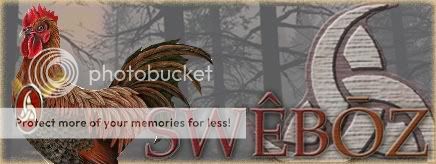Your snideness doesn't help; further, little of it will be found in 'links', the internet is imbecile-ridden, one has to do solid research for themselves. Anyway, a good place to start; the 'testudo' is mentioned in De Bello Gallico. He mentions that the Belgae use a similar formation to near a fortified position, like a gatehouse, to set it on fire. Numerous Celtic metalworks and carvings, most notably one of the Knowth carvings of Ireland seems to depict men entering this position (though the Knowth one is confusing, since most of those etchings are about the passage of time and illustrate the Celtic calendar). There's also mention of dense ordered formations among the Helvetii, the discipline of Nervii and the Soldurii of the Aquitanes. Metalworks from the Nantes dig depict Celtic warriors rolling beneath lines of spearmen to stab them in the gut, and considering Pergamon's response to the Galatian settlement was to developed a phalanx that had a second row of pikes that were lower, it seems the Galatians did this too (probably used to credit against the Macedonians, who they'd earlier annihilated in battle).
There's also logic; Celts used standards, constantly. It's not some mystery; the sheer number of them found in digs all over Europe and the south of Britain speaks to their importance. The logic behind the use of multiple standards in a battle is to give specific groups something to follow in the hectic nature of the fight. They must then be divided into specific groups, and logic again dictates they be divided by; basic equipment (that is, equipment that serves more or less the same purpose; long shields with long shields {though of different shapes} and the like, because if they weren't, they'd serve no real purpose as a 'unit', unless it was specific equipment paired with other specific equipment {like Germanic cavalry that had a footman with their horses; same basic equipment between two types of soldiers}), experience, and probably (in Celtic as well as other societies) age. While you may be able to argue for a more disorganized force in the more tribal northeastern European tribes of Celts, and the midland Britons, who were far more based around warbands, the mid-to-late Celts of Gaul and southern Britain were clearly based around units.
Further, one can just look at Galatia. Galatian mercenaries were used constantly. While they could be outfitted by their employers, they were always just outfitted in quality versions of what they were used to fighting with. This spawned specific units of Galatians, still intended to fight in the typical Galatian manner, and they did quite well. No one would've found roving mobs so important, but everyone near them employed them because of their ability to counter Hellenic warfare (which the successors and their nearby contemporaries, and thereby enemies, generally fought in the manner of).






 Reply With Quote
Reply With Quote





Bookmarks